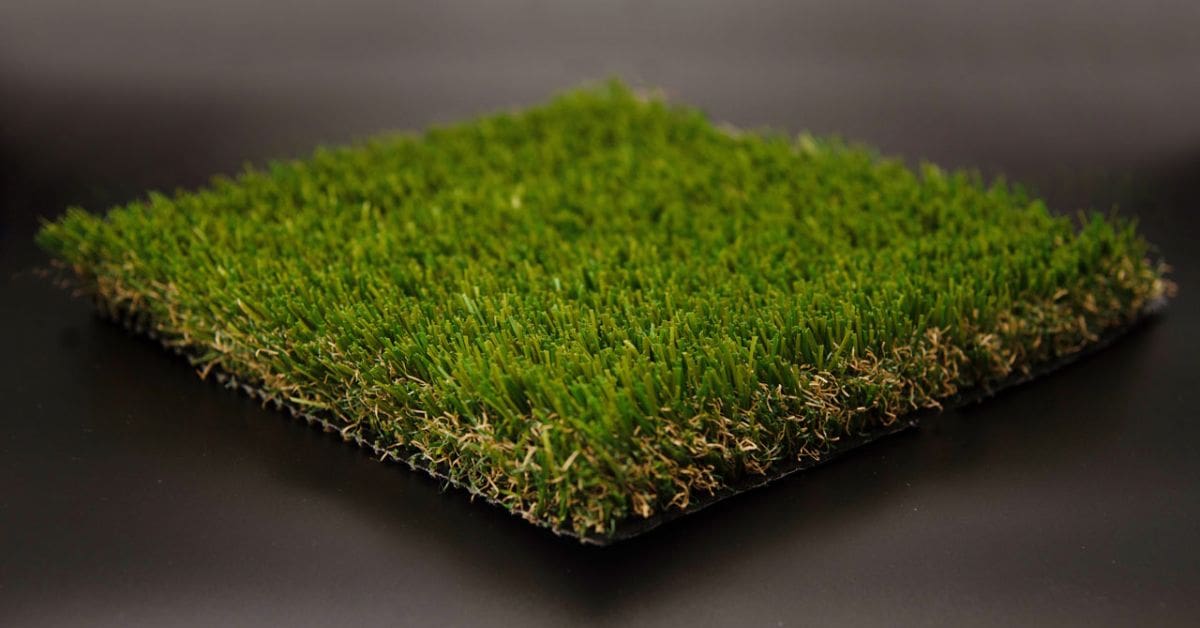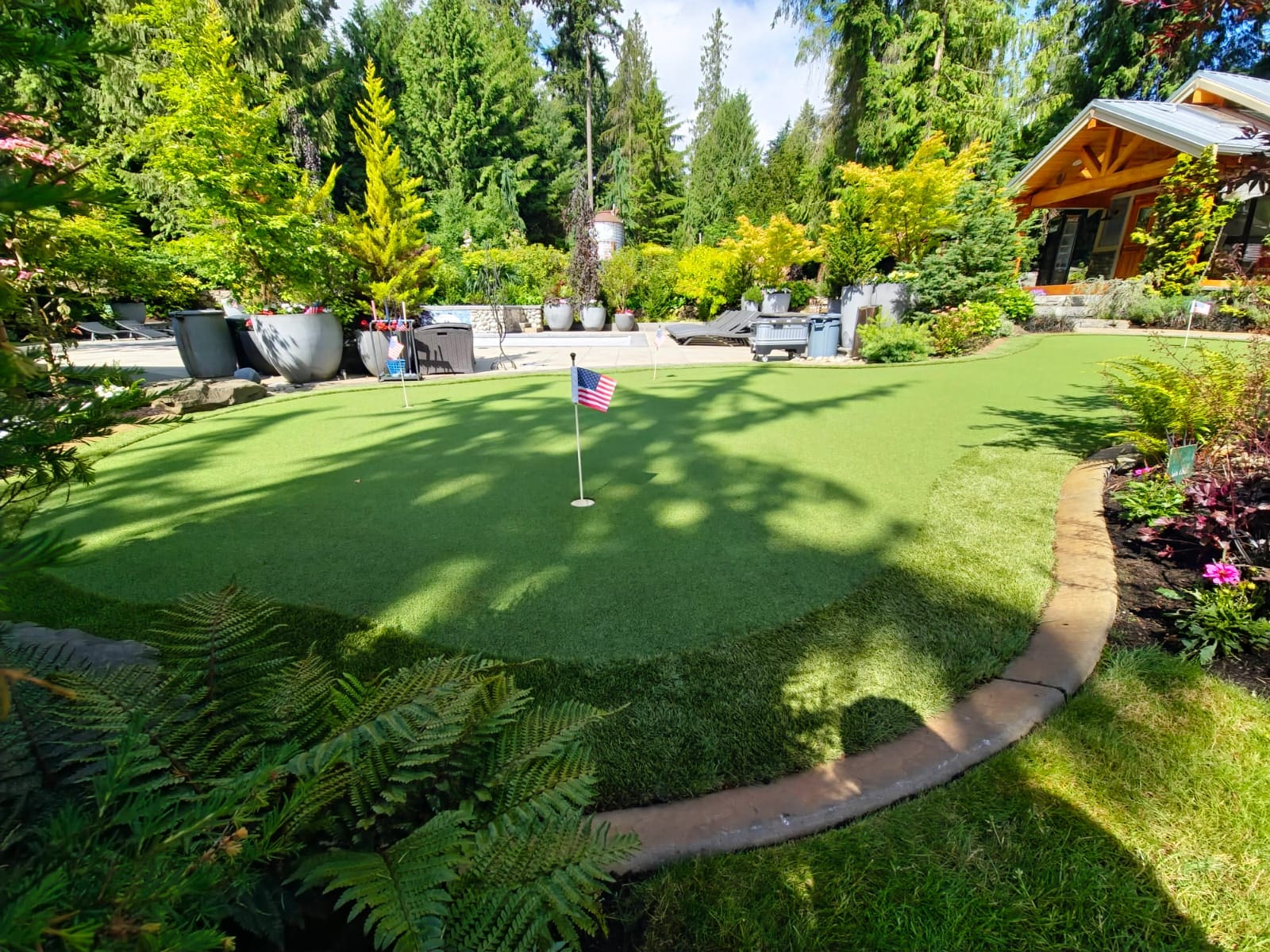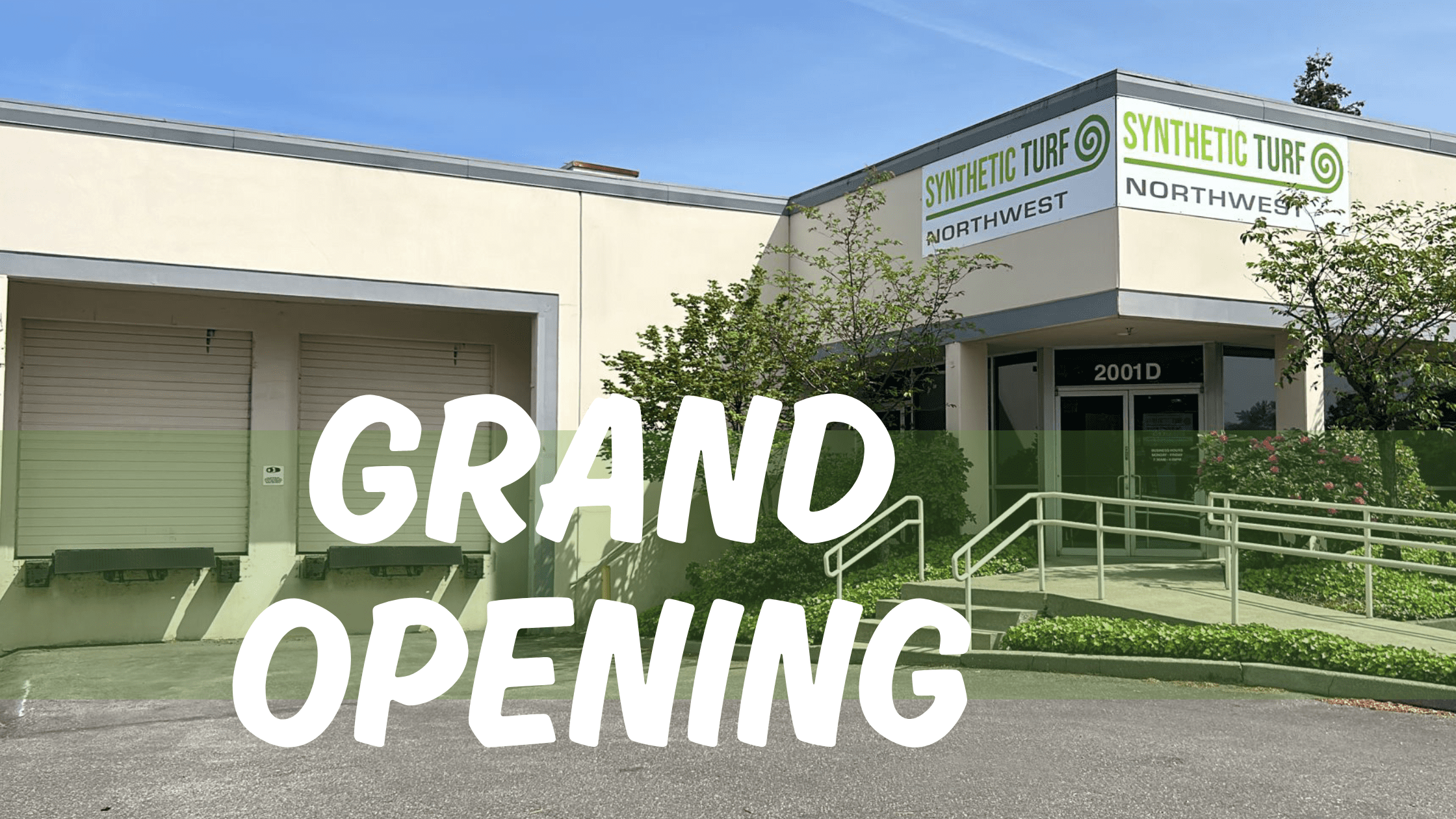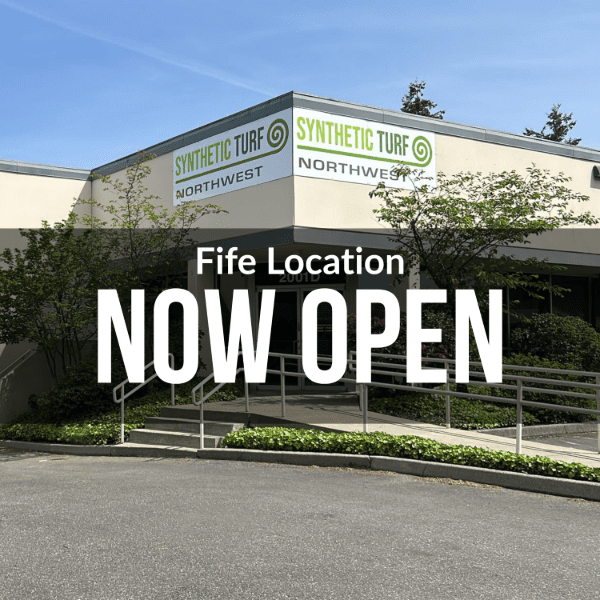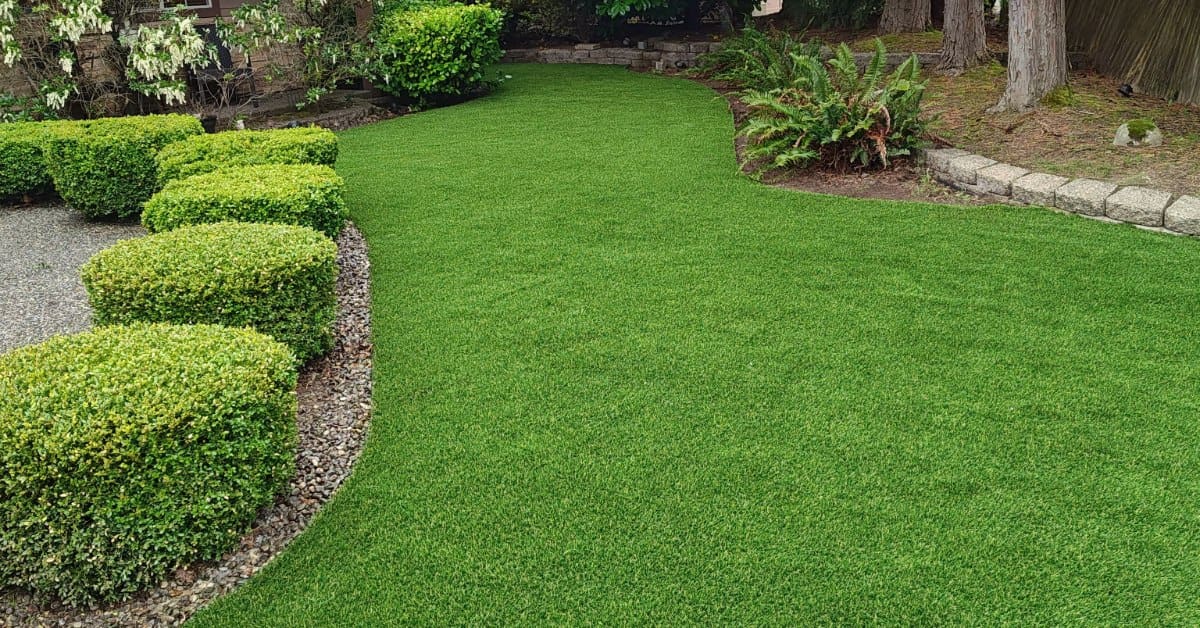When you’re considering landscaping options for your home, the choice between synthetic turf and non-native natural grass plays a crucial role in the aesthetics and functionality of your outdoor spaces. Read on to explore the benefits, drawbacks, and key considerations of both options in order to make an informed decision tailored to your needs and environment.
Introduction to Synthetic Turf and Non-Native Grass
Synthetic turf has evolved significantly over the years, now offering a realistic appearance and feel that rivals those of natural grass. Non-native natural grasses, on the other hand, are species not indigenous to the local environment, but people often choose them for their aesthetic appeal or specific landscaping qualities. Each option comes with a unique set of benefits and challenges, which we’ll explore in depth together below.
Water Usage and Conservation
One of the most compelling arguments for synthetic turf is its minimal water requirement. Unlike natural grass, especially non-native varieties that may need extensive irrigation to thrive, artificial turf remains lush and green without a drop of water. This is particularly advantageous in drought-prone areas where water conservation is critical. By opting for synthetic turf, homeowners can significantly reduce their landscape water use, contributing to environmental sustainability and cost savings.
Initial Cost and Long-Term Investment
The initial cost of installing synthetic turf can be higher than that of planting non-native grass, but synthetic grass’s long-term financial benefits are substantial. Artificial turf eliminates ongoing costs associated with lawn maintenance such as mowing, watering, and fertilizing. Non-native grass, although cheaper initially, requires regular upkeep and can become a recurring expense. Over time, the investment in synthetic turf pays off, making it a cost-effective solution for homeowners looking to reduce their lawn maintenance budgets.
Aesthetic Appeal and Customization
Non-native natural grasses offer a range of colors, textures, and growth habits, providing diverse landscaping options. However, maintaining their beauty can be labor intensive. Synthetic turf can be customized to mimic various grass types, and it remains uniformly pristine with minimal effort. It offers a consistency in appearance that natural grass often can’t match, staying green and well-groomed throughout the year regardless of weather conditions.
Durability and Traffic Tolerance
Synthetic turf stands out for its exceptional durability and ability to withstand high traffic without wear and tear. This makes it ideal for families with children and pets and for people who frequently entertain outdoors. Non-native grasses may struggle under similar conditions, with patches becoming worn or muddy. For areas that see frequent use, synthetic turf provides a robust, attractive solution that remains stable and inviting.
Environmental Impact
The environmental effects of both options vary. Synthetic turf, while low in water use, is made from nonrenewable resources, and its production involves significant energy use. Non-native grasses, although natural, often require pesticides, fertilizers, and abundant water, which can have detrimental effects on local ecosystems. Each choice has its trade-offs, and the decision usually depends on specific environmental priorities and local climate conditions.
Maintenance Requirements
The maintenance of synthetic turf involves simple procedures such as occasional brushing and rinsing to remove dust and debris. In contrast, non-native grass needs regular mowing, watering, weeding, and fertilizing to maintain its health and appearance. For people seeking low-maintenance landscape solutions, synthetic turf is undoubtedly the more convenient choice, saving time and labor throughout the year.
Adaptability to Weather Conditions
Synthetic turf is highly adaptable to various weather conditions. It won’t freeze in the cold, fade under harsh sunlight, or become muddy during rain. This resilience makes it particularly useful in climates that experience extreme weather variations. Non-native grasses might not fare as well when faced with unusual weather patterns, potentially leading to increased maintenance or even replacement.
Impact on Local Biodiversity
Introducing non-native grasses to an area can affect local biodiversity, competing with native species for resources and sometimes leading to ecological imbalances. Although synthetic turf can’t provide a habitat for wildlife, it doesn’t directly threaten local flora and fauna. This aspect is essential for people who are concerned with preserving the natural ecological balance in their surroundings.
Health and Safety Considerations
Modern synthetic turf is often equipped with antimicrobial properties, making it safe for children and pets. It doesn’t harbor pests, and it reduces allergens and provides a clean, secure play area. Conversely, non-native grasses can attract pests, and they may require chemical treatments to manage these issues, potentially posing health risks.
Lifespan and Longevity
Synthetic turf typically boasts a long life span, often up to 20 years with proper care, making it a durable option for residential landscaping. Non-native grass, which is subject to the rigors of climate and usage, may need reseeding or replanting periodically, which can be both costly and time consuming. For people looking for long-term, hassle-free solutions, synthetic turf often proves to be the superior choice.
Soil Health and Land Stability
Synthetic turf installations usually involve laying a base of crushed stone or sand, which can affect soil health by compacting it and reducing its permeability. This could lead to issues with water runoff and soil quality. In contrast, non-native grasses contribute to soil health by promoting microbial activity and reducing erosion, although they might require soil amendments to thrive.
Water Drainage and Management
Properly installed synthetic turf features advanced drainage systems that quickly channel water away, reducing puddles and eliminating mud. This is particularly beneficial in rainy climates, where natural lawns might struggle with waterlogging and associated issues. Non-native grasses may require elaborate landscaping solutions such as French drains to effectively manage excess water.
Compatibility with Outdoor Activities
For households that enjoy outdoor activities, synthetic turf provides a clean, even surface ideal for everything from children’s play areas to sports practice. It stays intact and functional regardless of the activity level. Non-native grass, while natural and potentially beautiful, might suffer from patches, divots, and wear, limiting its usability for certain activities.
Aesthetics Over Time
Synthetic turf maintains its appearance over time without the seasonal variations that affect non-native grasses. This consistent beauty is a significant advantage for homeowners who value curb appeal and wish to ensure their lawn looks immaculate year-round. Non-native grasses require intensive care to remain beautiful, especially during extreme weather or off seasons.
Choosing Residential Synthetic Turf
When opting for residential synthetic turf, consider its integration with your home’s overall landscaping design. It offers versatility and durability, ensuring your outdoor spaces remain both functional and attractive for years. It’s a practical choice for people looking to enjoy the aesthetic benefits of a lush lawn without the ongoing labor and costs associated with maintaining natural grass.
Now that you know the differences between synthetic turf and non-native natural grass for your home, you can make a more informed choice based on your specific needs, your lifestyle, and environmental considerations. Whether you prioritize low maintenance, sustainability, or aesthetic consistency, understanding these options will help you create a home landscape that fulfills your vision while aligning with practical realities.


